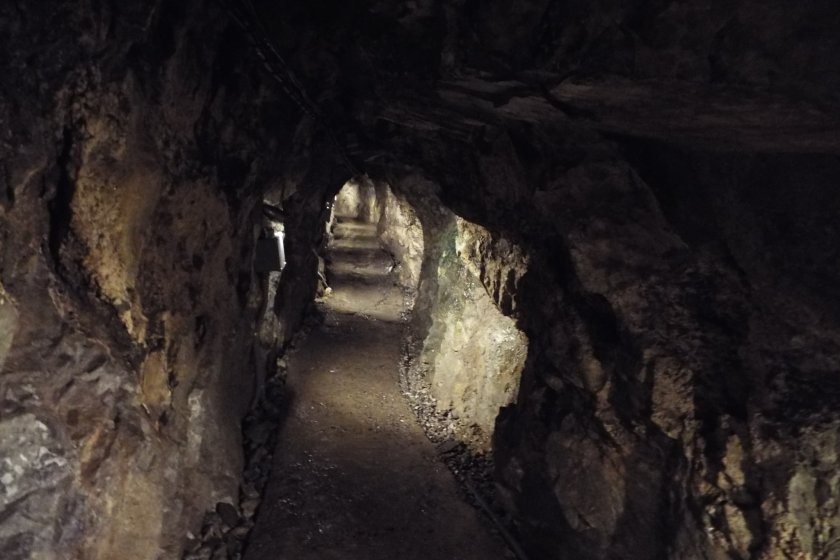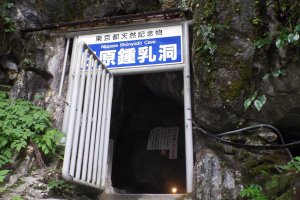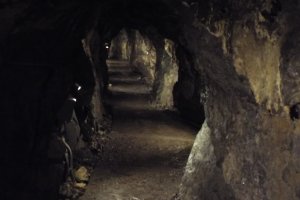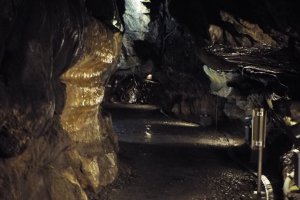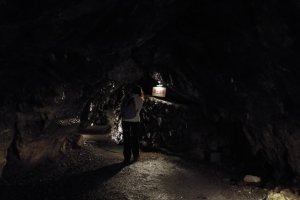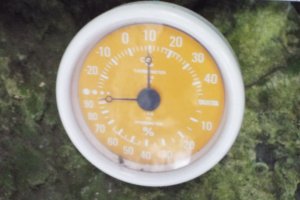Want to know where you can find 11 degrees Celsius on a 30 degree Tokyo summer day just two hours from the city?
Try Okutama and the Nippara Shonyudo Limestone Caves where 11 degrees (52 F) is the average year round temperature.
On a very hot and humid day we went exploring in the mountains of Okutama. The bus ride from Okutama station is a thrill in itself, as it winds through a very narrow highway up to the Nippara area.
When we arrived, Miwa put a jacket on while I decided to rough it. As soon as we entered the cave the cold air blasted me like a chilly late fall day. This is one of Japan’s largest limestone caves with many ups and downs, twists, and turns. There are several large stalactites and to imagine how old this cave is, it takes 400 years for a stalactite to grow just 3 centimeters.
For us tall people you spend a lot of your time ducking down to avoid catching a rock in the face. The paths in the cave are well marked, so you won’t get lost as you travel through the extensive belly of the caves.
Just outside the exit are the Ogawano-otaki Waterfalls and across the path up the stairs is Issekizan Shrine. From the shrine you can see the Bonten Rock formation and in Nippara village, Imamura Rock, symbol of the region.
Take a short 2-kilometer walk down the hill to the village. They have the only tree museum in Japan, Shinrinkan Forest Museum.
We originally walked by it on our way to the Nippara Furusato Art Museum, but decided to go back and check it out. Well worth the inexpensive 200 yen entrance fee. The tour starts with a video of the 25 largest and oldest trees in Japan. Many of them are in our Kanto area. There were fascinating stories about monks in ancient times carrying small sprigs back to Japan from visits to China. These sprigs grew into gigantic trees that were planted throughout the country. Walk upstairs and see what type animals currently lurk in the surrounding forest. Learning all about the trees in Japan is a great educational experience.
The bus brought us back to Okutama around lunchtime and we stopped at the Information Center for a restaurant recommendation. The lady sent us on a 10-minute walk to Hikawa International Trout Fishing Spot. I guess she thought I would be at home as the place was filled with foreigners. We did enjoy a bowl of miso soba at the onsite Sobataro café, while watching the visitors trying their luck fishing for trout.
The Okutama area is filled with adventurous things to do, such as hiking the Hatonosu Ravine, Shiromaru Dam, Kazuma Gorge, Lake Okutama, several long walking trails, trekking to Tokyo’s highest peak Mt Kumotori at 2017 Meters (6017 feet), hiking to a multitude of waterfalls, and finally of course there are hot springs. You can make it a day trip or join an outdoor hiking tour for two or three days.
We plan on returning to Lake Okutama so we can experience walking across the Uki-bashi Bridge, known as the Metal Drum Bridge. The lake supplies 20 percent of the drinking water to the city of Tokyo.
During your stay in the Tokyo/Kanto region venture out and experience nature with all its spectacular beauty by visiting Okutama.
